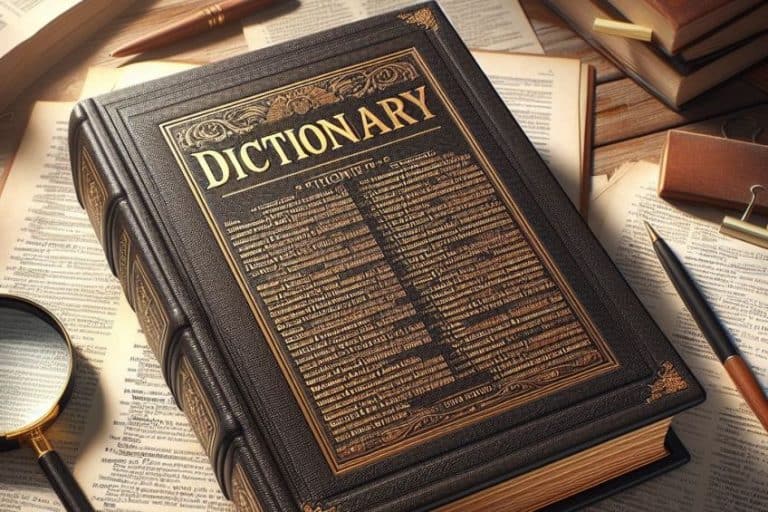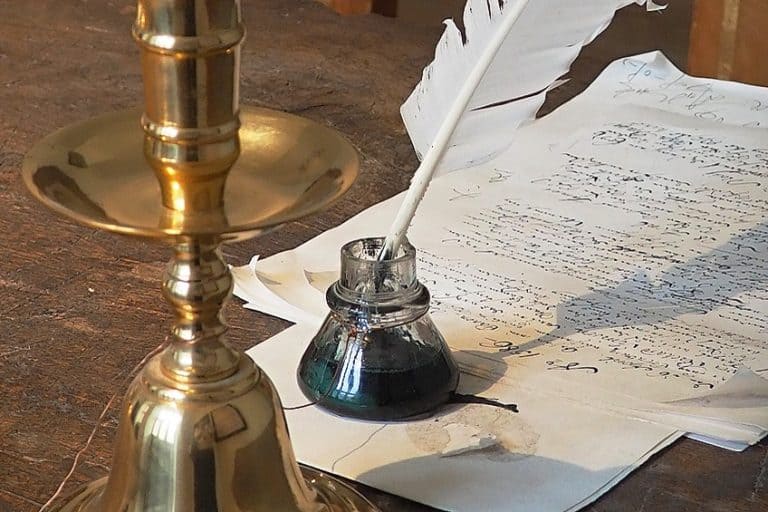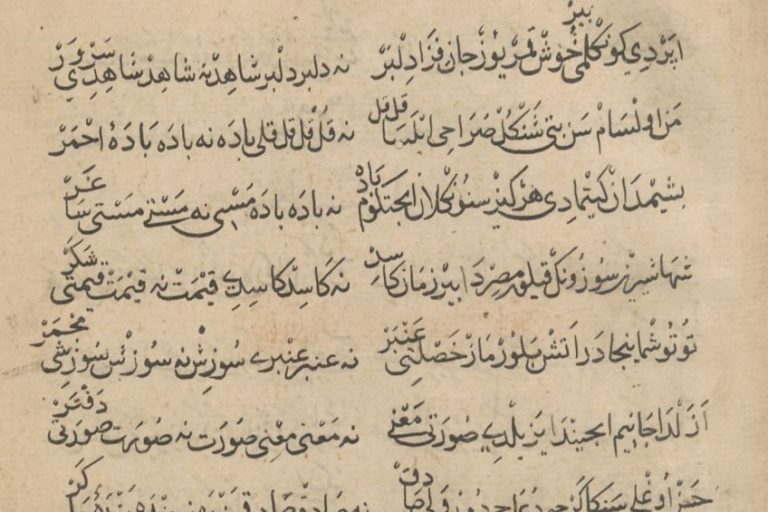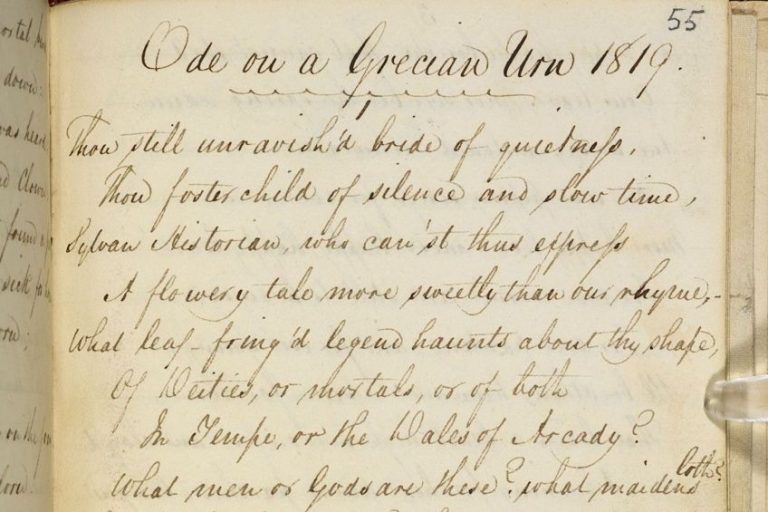Cinquain Poetry Guide – How to Master This Tricky Poem Format
The cinquain is a bit of a tricky thing. It is not too tricky, but because of the closeness of its name to the quintain, it can appear irritatingly confusing. That is why we are going to discuss a definition of the cinquain, how it differs from the quintain, what it can be used for in poetry, some of the different types of cinquain poems, and a handful of examples of cinquain poetry. This should help to understand this type of poetry and can also be a way of learning how to write a cinquain poem. If this has served to somewhat elevate your interest in this area, then let’s get into it!
A Look at Cinquain Poetry
Oh, the cinquain. It sounds so similar to the quintain, and it would be very easy to confuse one with the other, but they are quite distinct from one another while also being not very distinct from one another at all. This is quite a cryptic way to talk about it, but sometimes a cryptic way of speech is good to get us thinking about the ideas that are soon to be discussed. The cinquain will be discussed in some detail seeing as the whole point of this article is to provide an answer to the question that is: “What is a cinquain poem?”. However, we can get into that question in time. For now, let’s first have a quick look at an abridged discussion for those who don’t have as much time on their hands.

Summary of Cinquain Poetry
The cinquain is a particular type of poetry but one that is best explored in some depth, but we do not all have time to read in greater depth. If this describes you, then this summarized section may help for a quick dose of cinquain goodness:
- The cinquain is a poem structure with five lines. This type of poetry has a very specific structure to it. An instance of cinquain poetry will usually have a specified rhyme scheme, metrical structure, or arrangement of words to make it an actual instance of cinquain poetry.
- There are several distinct types of cinquain poetry. There are quite a few of these kinds of poems, such as the classic cinquain, the reverse cinquain, the butterfly cinquain, and the crown cinquain. Each of these types of cinquain poetry has its own specifications to make them a cinquain.
- The cinquain is distinct from the quintain. While the cinquain is a term used to describe a specific type of poem that uses five lines or a five-line repeating structure, a quintain only refers to the number of lines. The more general term refers to a stanza that makes use of five lines. This means that a cinquain is a type of quintain but a quintain is not necessarily a cinquain.
This summary of cinquain poetry is not quite as comprehensive as it could be and so if you want to learn a lot more about cinquain poems, you should read on.
There is a lot more that can be discussed when examining this type of poetry.
Definition of the Cinquain
This is a type of poetry that is comprised of five lines. This is the basic idea behind a cinquain poem. However, these poems do not necessarily have to be only five lines in length. The purer variety of these types of poems generally is only five lines in length, but the cinquain can also be used as a stanza structure. Some poems make use of this poetic style to produce far longer texts.

While the idea of a five-line poem has been around for a long time, the originator of it as a more common poetic form was the American poet Adelaide Crapsey, who is seen as the creator of the American cinquain. This is the most common variety of cinquain poetry, but it will be discussed in more detail in one of the sections below. What needs to be remembered when it comes to cinquain poetry is that it has five lines or a five-line arrangement, and it has some kind of a particular structure that distinguishes it from a standard quintain. So, what is the difference between these two terms anyway? The next section will answer that question.
The Distinction Between the Cinquain and the Quintain in Poetry
The distinction between these two poetic forms is actually a very simple thing. The quintain is a poetic form that uses five lines as a stanza. There is not a particular structure to these lines and the term instead simply refers to the number of lines in a stanza. A cinquain, on the other hand, is a particular type of poem or arrangement of stanzas that make use of a five-line structure.
Essentially, a cinquain is a type of quintain, but a quintain is a far more general term.
Types of Cinquain in Poetry
There are quite a number of different types of cinquain poetry. The most common of them all is the American cinquain, which has already been briefly mentioned before. This poetic form has a specific syllable structure for each of the lines of the poem, and this is arranged as 2-4-6-8-2. You can see that it rises as multiples of two for the first four lines, but then reverts back to two syllables for the last.
Other types of cinquain poetry include the reverse cinquain, which is arranged as 2-8-6-4-2. There is also the butterfly cinquain, which is arranged like a butterfly around an axis point like so: 2-4-6-8-2-4-6-8-2. Other variations include the crown cinquain, which is arranged as a sequence of five distinct cinquains together.

One could, theoretically, create one’s own cinquain structure if you were to arrange them in a specific way that can be formalized. Something notable about these types of cinquain poems is that they do not usually entail a rhyme scheme. There could, if one were so inclined, be a rhyme scheme, but it is not generally seen as necessary for something to be a cinquain poem.
How to Write a Cinquain Poem
This is not a particularly difficult type of poetry to write and so it is likely rather good for beginners. As with any poem though, you should have some kind of an idea before you start writing. As this is a very short type of poetry, it can be a great way to get some practice in. It may be best to try out the American cinquain if you want to give this form a try. You need to have some kind of a concept in mind that can fit into the first line’s two-syllable limit, and from there, each line increases in the number of syllables. Keep the central idea in mind as you write each subsequent line, but as this poetic form is so short, it can be easy to write one after another.
The old mantra does always ring true: practice makes perfect.
Examples of Cinquain Poems
There are quite a few distinct types of cinquain poems in the world. However, we will only check out a handful of them today. It can be very useful to have a look at a number of examples when trying to understand something. So, the answer to a question such as, “What is a cinquain poem?”, can often be best understood by actually having a look at some examples of the form. Let’s do that then!
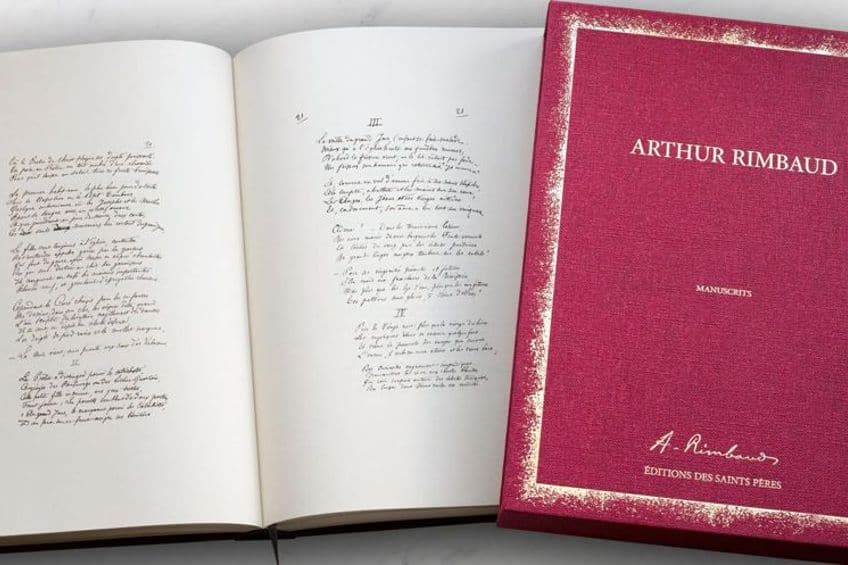
Hymn to God, My God, In My Sickness (1620s) by John Donne
| Date Published | 1620s |
| Type of Poem | Religious poem |
| Rhyme Scheme | ABABB |
| Meter | Iambic pentameter |
| Topic | Faith |
Hymn to God, My God, In My Sickness is a cinquain poem that demonstrates how an example of cinquain poetry does not need to only be made up of five lines but can instead be comprised out of a series of five-line stanzas that are arranged as cinquains. In this particular case, the poem is concerned with the idea surrounding faith and the afterlife from a Christian perspective.
The poem does not view death as the end, but rather as a kind of beginning, as it is the entryway into the afterlife.

There was an Old Man in a tree (1846) by Edward Lear
| Date Published | 1846 |
| Type of Poem | Limerick |
| Rhyme Scheme | AABBA |
| Meter | Variable |
| Topic | Bees |
There was an Old Man in a tree is a fantastic example of a limerick by one of the greatest writers of this form of poetry. These are a great way in which the cinquain poetic structure can be used. In this case, it is a humorous poem that involves a bee and an old man. It is the kind of poetry that is intended for children, and so there is no real deeper meaning there.
It even came from a book called The Book of Nonsense.
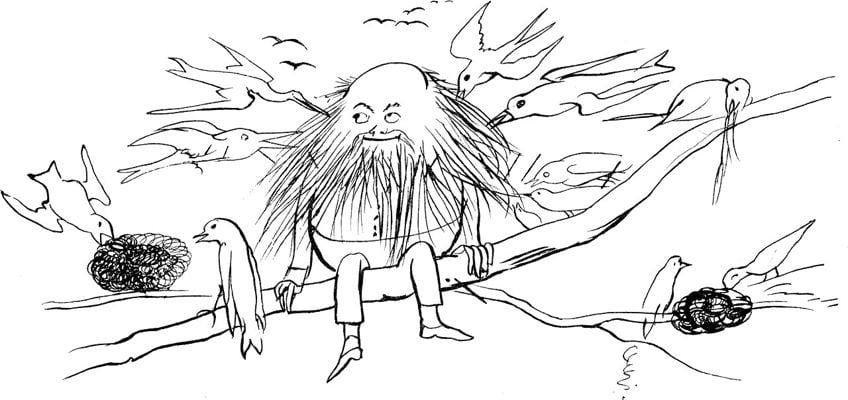
Triad (1915) by Adelaide Crapsey
| Date Published | 1915 |
| Type of Poem | American cinquain |
| Rhyme Scheme | None |
| Meter | 2-4-6-8-2 |
| Topic | Silent things |
Triad is a cinquain poem by the person who is credited with creating the American cinquain. There is a very particular metrical structure in which it rises over the course of each line by two syllables until it reaches eight syllables and then it falls back down to two for the final line. In the case of this poem, it simply points out three things that are silent. In this case, it is the snow, the hour before dawn, and a dead person. The poems by Adelaide Crapsey are some of the most influential instances of cinquain poetry ever written.
The cinquain is a particular type of poem that is also a rather fascinating thing. It can be easy to confuse this type of poem with a quintain, but they are distinct from one another. We have examined that distinction today while also having a look at the specifics of cinquain poetry, the uses of this form, the different types, and how to write one if you so desire. If this has been informative and piqued your interest in cinquain poetry, there are a great many instances of cinquain poems out there for you to read and enjoy!
Frequently Asked Questions
What Is a Cinquain Poem?
This is a type of poetry that is made up of five lines. This used to be a more generic term, but it has since come to be seen as a very specific type of five-line poetry. For this reason, cinquain poetry generally has a number of different types and they all make very specific use of a type of structure or rhyme scheme. The term can be very easily confused with the quintain, but that will be explained in one of the other questions below.
Can a Cinquain Poem Only Have Five Lines?
This is not necessarily the case. While the cinquain does refer to a type of poem that makes use of five lines, it is also not a term used solely to describe a poem that only has five lines. Sometimes, a poem may use a number of cinquains within it. For instance, a poem can use a kind of repeating cinquain structure as a series of stanzas. So, it will use the cinquain as if it were a quintain.
What Are the Uses of the Cinquain in Poetry?
The cinquain can have specific uses, such as being used as a means to convey a certain kind of mood or emotion. They can also produce a certain image in the reader. This type of poetry is also short and, as a result, it can be beneficial when teaching children. So, there are a number of cinquain poems that are specifically aimed at kids.
What Are the Different Types of Cinquain Poetry?
There are a number of different types of cinquain poetry. There is a classic cinquain, which has a specific syllable count within each line, or there is the reverse cinquain, which reverses the classic form. But there are quite a few different types and they each have a specific arrangement that makes them their own unique type of cinquain poem. There is no single thing that can be called a cinquain poem above the others.
What Are Some Notable Examples of Cinquain Poems?
There are quite a number of fantastic cinquain poems out there, and some of the most notable include examples such as Hymn to God, My God, In My Sickness (1620s) by John Donne, There was an Old Man in a tree (1846) by Edward Lear, and Triad (1915) by Adelaide Crapsey. This has been a very brief list of the cinquain poems in existence. There are many others, and if you want to find some more, they are readily available.
Justin van Huyssteen is a freelance writer, novelist, and academic originally from Cape Town, South Africa. At present, he has a bachelor’s degree in English and literary theory and an honor’s degree in literary theory. He is currently working towards his master’s degree in literary theory with a focus on animal studies, critical theory, and semiotics within literature. As a novelist and freelancer, he often writes under the pen name L.C. Lupus.
Justin’s preferred literary movements include modern and postmodern literature with literary fiction and genre fiction like sci-fi, post-apocalyptic, and horror being of particular interest. His academia extends to his interest in prose and narratology. He enjoys analyzing a variety of mediums through a literary lens, such as graphic novels, film, and video games.
Justin is working for artincontext.org as an author and content writer since 2022. He is responsible for all blog posts about architecture, literature and poetry.
Learn more about Justin van Huyssteen and the Art in Context Team.
Cite this Article
Justin, van Huyssteen, “Cinquain Poetry Guide – How to Master This Tricky Poem Format.” Art in Context. January 8, 2024. URL: https://artincontext.org/cinquain-poetry-guide/
van Huyssteen, J. (2024, 8 January). Cinquain Poetry Guide – How to Master This Tricky Poem Format. Art in Context. https://artincontext.org/cinquain-poetry-guide/
van Huyssteen, Justin. “Cinquain Poetry Guide – How to Master This Tricky Poem Format.” Art in Context, January 8, 2024. https://artincontext.org/cinquain-poetry-guide/.



